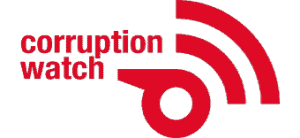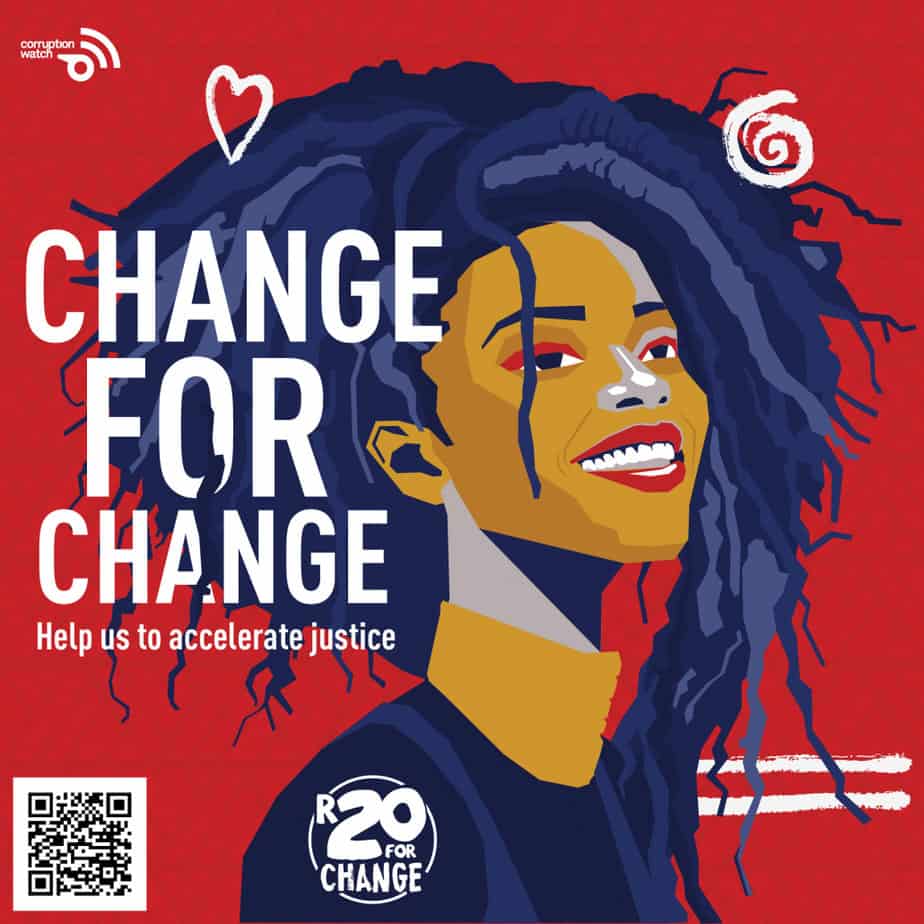Nicola Okes and Gabriel Sipos, TRAFFICFirst published on TNRC (Tackling Natural Resource Corruption) The rhino horn trade represents one of the four largest illegal wildlife trade flows (UNODC 2020) by value. Although the drivers and uses of rhino horn differ across user groups and market destinations (e.g., medicinal use or status-conferring prestige products), the overall Read more >
Visit our GivenGain R20 for Change page and help us demand transparency in our systems, accountability in our leaders, and better empowerment and protection of whistle-blowers. By donating R20 a month, you’ll be supporting our work with communities across the country, helping them to know and access their rights and reduce the corruption that robs people of resources intended for their benefit.

